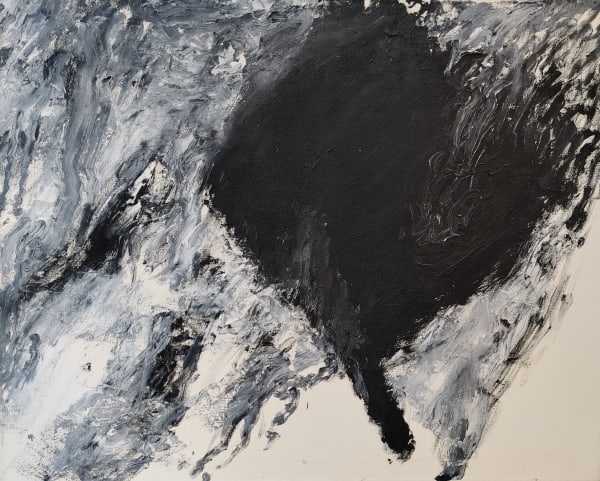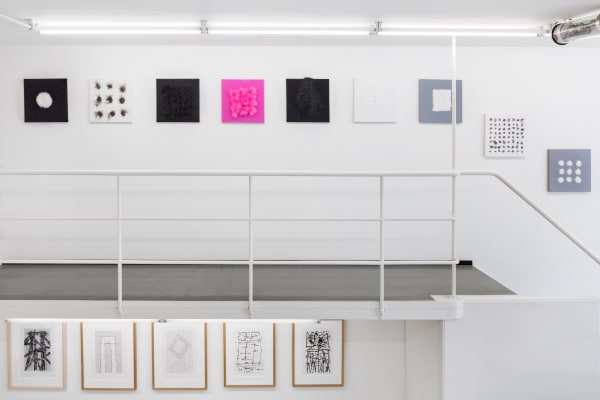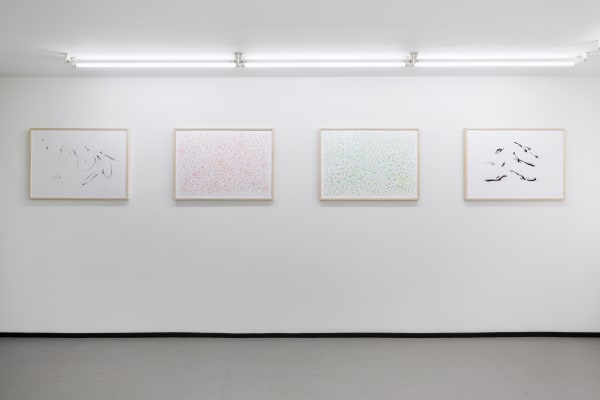NA NUL - de late werken
Zero in Duitsland, Azimuth in Italië, Nouveau Réalisme in Frankrijk en Nul in Nederland zijn kunsthistorisch belangrijke, aan elkaar verwante en al enkele decennia bijzonder gewaardeerde kunststromingen. Met elkaar gemeen hebben deze bewegingen de afwijzing van de schilderkunst, vaak ook van kleur. Van belang voor hun kunst zijn het seriële karakter, de herhaling van gelijke patronen en het accepteren van de werkelijkheid zoals die is.
"Alles was mooi, alles was interessant" schreef Armando later.
De Nul-beweging werd in Nederland opgericht in 1960 door vier kunstenaars: Armando, Jan Henderikse, Henk Peeters en Jan Schoonhoven, waarbij zich in de beginjaren ook herman de vries zou aansluiten. Als beweging, als groep heeft Nul slechts een jaar of zes bestaan en na 1966 ging ieder van de kunstenaars zijns weegs. De onderlinge vriendschappen bleven bij sommigen nog wel in stand. Schoonhoven bleef honkvast in zijn geboortestad Delft. De diepe vriendschap met Henderikse bleef zijn leven lang overeind, hoewel Henderikse definitief uit Nederland vertrok om zich afwisselend te vestigen in Antwerpen, Curaçao en New York. Henk Peeters vestigde zich op de Veluwe en bleef de talloze vriendschappelijke contacten met zielsverwanten buiten Nederland onderhouden. Armando ging naar Berlijn en ook herman de vries vestigde zich definitief in Duitsland.
Tot aan zijn dood in 1994 bleef Jan Schoonhoven echter de ideeën van Nul trouw. Hij bleef zijn bekende witte reliëfs maken, weliswaar door de jaren heen met een zekere ontwikkeling in stijl en vorm. Ook bleef hij de fervente tekenaar die hij van jongs af aan was, waarbij deze tekeningen een duidelijke ontwikkeling laten zien, van 'streng' nul naar soms een vrij informele stijl.
Henk Peeters heeft na het einde van Nul jarenlang en heel bewust geen kunst meer gemaakt, maar bleef niettemin de belangrijke promotor en organisator van tentoonstellingen en manifestaties. Pas in de jaren negentig pakte hij de draad weer op en reproduceerde zijn oorspronkelijke Nul-ideeën tot seriematige 'remakes'.
Armando liet de ideeën van de Nul-beweging helemaal los en werd de gepassioneerde schilder en beeldhouwer met een buitengewoon krachtig expressionisme waarin zijn vaak getormenteerde oorlogservaringen een belangrijke rol spelen.
Jan Henderikse vertrok al tijdens de Nul-jaren uit Nederland en werkte met grote gedrevenheid aan een even omvangrijk als uitbundig oeuvre in afwisselend Antwerpen, Curaçao en New York. Hij bleef niettemin de principes van Nul trouw in die zin dat hij niet schilderde maar vooral de kunstenaar zou blijken van de 'ready mades', waarmee hij in stijl en artistieke opvatting dicht zou staan bij het Franse Nouveau Réalisme en de Amerikaanse Pop Art.
herman de vries verliet in de loop van de zeventiger jaren zijn witte reliëfs en sculpturen en zou vanuit zijn nieuwe vestigingsplaats aan de rand van het Noord Beierse Steigerwald het kunstenaarschap combineren met zijn oorspronkelijke opleiding in de biologie. De natuur, door hem bestudeerd, geordend, verzameld en geconserveerd werd de leidraad van zijn artistieke handelen, hoewel hij zich tot op de dag van vandaag tot doel stelt zijn rol als kunstenaar daarin zo klein mogelijk te laten zijn.
In onze galerie aan de Keizersgracht hebben we van deze vijf kunstenaars een tentoonstelling samengesteld waarbij zichtbaar is gemaakt hoe divers ieder van hen zich heeft ontwikkeld NA NUL.
Foto homepage: F. André de la Porte, "nul" groep ZERO, 1984/86















